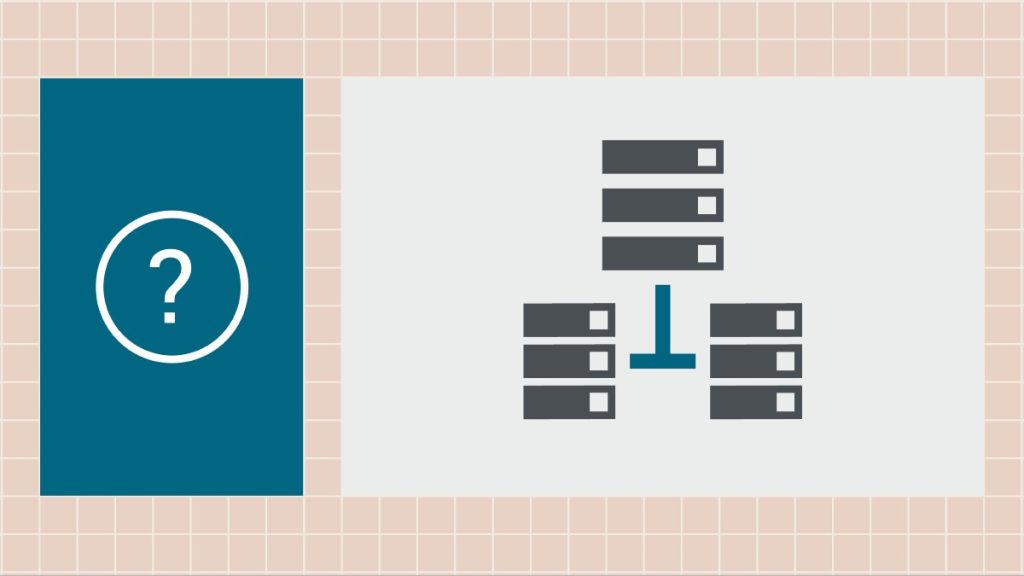A reverse proxy server is a server that is located behind the firewall in a private network. This helps facilitate and guide client requests to an appropriate back-end server. These capabilities deliver an extra layer of security, performance and governance. This ensures the flow of network traffic between clients and their servers will run efficiently for the consumer.
Reverse proxy server: When to use one
A reverse proxy server fulfills many roles. Let’s start with security, web acceleration and load balance:
- Security: Security is a top requirement for all servers. By capturing the requests that are going towards the back-end servers, the server protects the consumer’s individual identities. This additional layer of protection can help thwart attacks. Reverse proxy servers can be set up to block users from accessing certain sites that are not deemed appropriate for a company. This comes in handy for institutions such as schools and governments where easy access to websites can be a serious problem.
- Web speeding: Since reverse proxy servers can reduce data going in and out, the flow of traffic is accelerated between servers and clients. Additionally, a proxy can do SSL encryption which helps speed up your web server and enhance the overall performance.
- Load balancing: With load balancing in place, a reverse proxy server acts as a “monitor. By having front-end access that sits ahead of your back-end servers, the reverse proxy server distributes client requests across a group of servers. This feature allows for full–speed utilization that is in place while making certain no servers get overloaded. If a server gets weighed down and goes awry, the load balancing capability kicks in and transmits traffic to the other servers, hence working as a backup solution.
Differences between a gateway and reverse proxy server
They may seem similar but the differences are noticeable between a gateway and a reverse proxy server. With a gateway, you have a network point that assists as the main entrance to another network (e.g., it’s all about routing). Gateways cover the routing data between different networks. Learn more about a reverse proxy.
On the other hand, a reverse proxy server repeats the information that is being sent from one or more servers. The bottom line is that a reverse proxy server needs the go-ahead from the gateway to enter the network. It represents another computer and server in a network.
Conclusion
A reverse proxy server acts as your network’s police watch which monitors your traffic that is coming and going. The server works as a gateway between the user and the application. The end result is the proxy server handles all policy management and traffic steering for a solid customer experience.
Do you know the difference between an API Proxy and an API Gateway? Discover the answer here.
